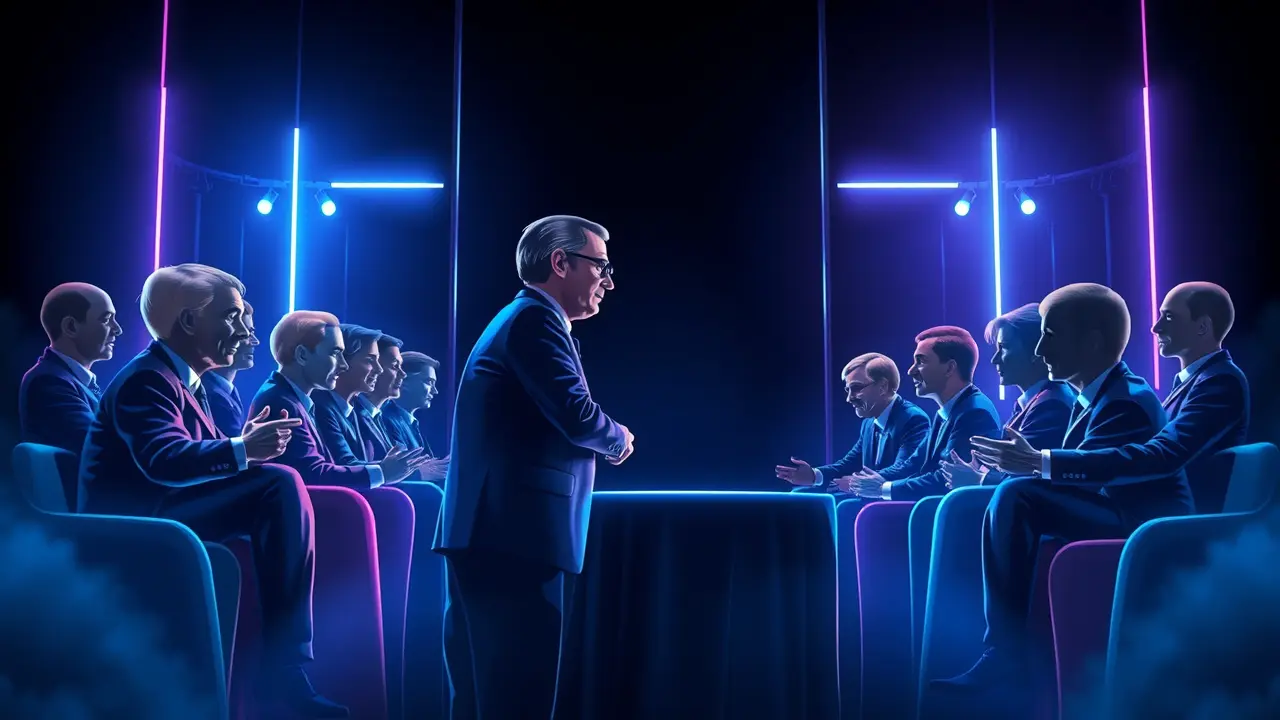Zelensky and Trump Discuss Missiles and War End.
The geopolitical chessboard rattled this week as a private discussion between Ukrainian President Volodymyr Zelensky and former U. S.President Donald Trump sent immediate shockwaves through diplomatic and intelligence circles, with Trump’s subsequent public call for Kyiv and Moscow to simply 'stop where they are' representing not a mere policy suggestion but a fundamental pivot point in the conflict's risk calculus. This direct engagement, occurring outside official White House channels, underscores a volatile new phase where personal diplomacy and domestic U.S. politics are now inextricably linked to battlefield outcomes, creating a scenario ripe with both off-ramps and potential escalations that analysts are scrambling to model.The core of Trump’s proposition—a freeze in place of current frontlines—effectively translates to a de facto acceptance of Russia’s territorial gains since the full-scale invasion began in February 2022, a notion that Kyiv has repeatedly and vehemently rejected as an existential threat to its sovereignty and a violation of international law, setting the stage for a brutal negotiation where Ukraine’s military stamina is pitted against the shifting winds of Western political and financial support. One must consider the immediate military reality on the ground: a grueling, artillery-dominated stalemate where Ukrainian forces, critically short on ammunition and air defense systems, are struggling to hold defensive lines against a numerically superior adversary that is methodically grinding forward, making the 'stop where they are' directive a potential recipe for cementing Russian control over nearly a fifth of Ukraine's internationally recognized territory, including vital economic assets in the Donbas and a land bridge to Crimea.The discussion of missiles, a topic central to the Zelensky-Trump dialogue, adds another layer of profound complexity; are we talking about the provision of longer-range ATACMS that could strike deep within Russian-occupied Crimea and even mainland Russia, a redline the Biden administration has been hesitant to cross, or is it about shoring up supplies of essential defensive systems like Patriots to protect Ukrainian cities from relentless missile barrages? The strategic implications are staggering. A sudden injection of advanced U.S. missile systems could temporarily rebalance the battlefield, but it also carries the acute risk of direct escalation with a nuclear-armed Russia, a risk that Trump has historically framed through a lens of personal negotiation with Putin rather than through traditional deterrence theory.Conversely, a negotiated freeze that leaves Russia in possession of its conquests would be analyzed not as a peace but as an armistice, a temporary cessation of hostilities that would allow Moscow to re-arm, re-group, and potentially launch a renewed invasion in three to five years, effectively rewarding aggression and shattering the post-World War II security order in Europe. The global south, watching closely, would draw its own conclusions about the resilience of Western-led international norms, potentially accelerating a broader realignment towards multipolarity and empowering other revisionist powers to test territorial boundaries by force.For Ukraine, the dilemma is agonizing: accept a flawed and fragile peace that sacrifices land and people, or continue a fight for full liberation that is increasingly dependent on the unpredictable outcomes of a U. S.election and the willingness of a weary European Union to fill any potential aid gaps. The financial markets are already pricing in these scenarios, with energy futures, defense stocks, and global commodity prices exhibiting heightened volatility based on every rumor from these back-channel talks.In the end, the conversation between Zelensky and Trump is more than a headline; it is a critical inflection point, a moment where the trajectory of a major European war, the future of the NATO alliance, and the stability of the global order are being shaped not in a united war cabinet, but in a high-stakes dialogue shadowed by American domestic politics. The path forward is fraught with peril, and the world holds its breath, analyzing the moves and countermoves of leaders navigating one of the most dangerous geopolitical crises of the 21st century.
CH
Chloe Bennett123k2 days ago
wow watching him navigate all this just makes me so proud 🥹 you can really see how much he's grown into this role
0
